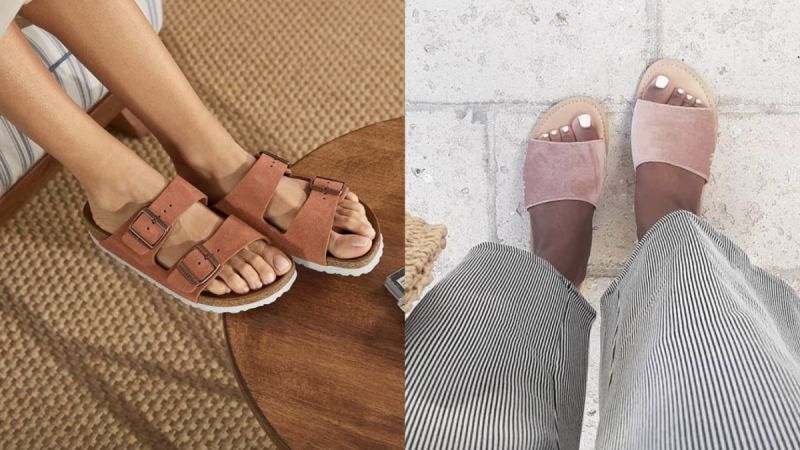Find The Right Strung Lacrosse Head For Your PositionFind The Right Strung Lacrosse Head For Your Position
Find The Right Strung Lacrosse Head For Your Position
When playing lacrosse, having the proper strung lacrosse head for your position can make all the difference. For attack players who handle the ball the most, you’ll want quick release and pinpoint accuracy on shots. Middies need a balance of ball control and power to play both offense and defense. Meanwhile, defensive heads focus on superior checking ability and ground ball scooping. Choosing the best pre-strung head really depends on if you’re playing attack, midfield or defense.
For attack players, you’ll want to consider more narrowly shaped lacrosse heads with a medium to low pocket. This gives you quicker release when shooting on the run or dodging defenders. Precision is key, so you’ll want a pocket that gives you consistent control and aim. Avoid deeper pockets, which are harder to shoot accurately with. Popular heads for attack include the Maverik Optik, Nike CEO, and Warrior Evo Warp. Stringing styles like mid-low pockets, the special diamond top string, and v-nylons give attack players even more ball control and hold.
When you find the right strung lacrosse head, it can elevate every part of your game as an attackman. Middies who take faceoffs may prefer a slightly wider head shape with a mid to mid-high pocket. This adds control for clamping the ball on draws, while giving you a balance of hold and quick release on shots and passes. For pure offensive middies, most will use a strung head similar to attackmen. Meanwhile, defensive middies need superior ground ball capabilities with their strung heads. Defenders focus on disrupting the offense, so sturdy head shapes that can take abuse are ideal. A mid-high pocket helps for controlling and scooping up ground balls. When picking the best lacrosse head for your position and style of play, make sure to get the right stringing to maximize your strengths on the field.
Consider Your Position When Picking A Lacrosse Head
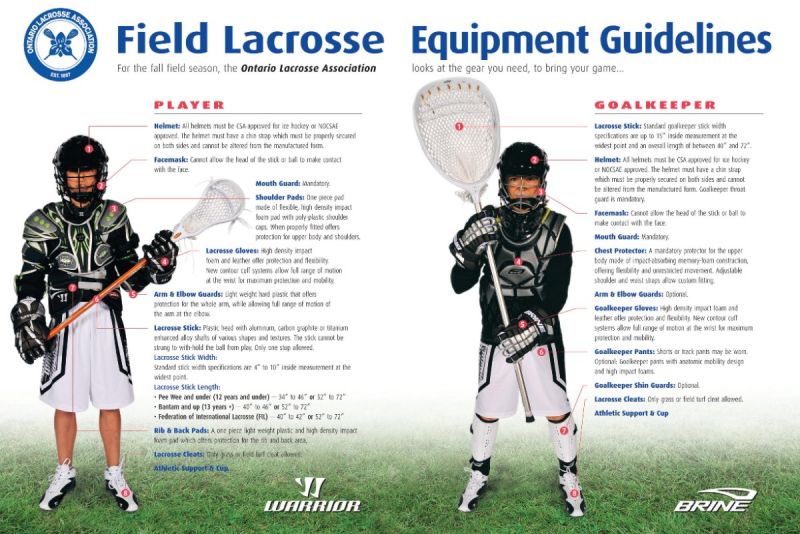
When selecting a strung lacrosse head, one of the most important factors to consider is what position you play. Attack, midfield, and defense each require heads with different shapes, stringing, and performance characteristics. Picking the right lacrosse head for your position can give you an edge over your opponents.
For attack players, narrower head shapes are ideal as they provide quick stick handling and accurate passing and shooting. Attack heads are designed for precision, with focused scoops and a defined channel. Stringing is also optimized for ball control, with low to mid-low pockets preferred. V shooting strings give added ball grip and response. Attackmen spend much of the game stickhandling and dodging, so fast yet consistent ball handling from your strung head is crucial.
Midfield is the most well-rounded position, requiring skills on both offense and defense. Middie heads balance hold and quick release ability, with wider head shapes and mid to mid-high pockets common. Faceoff middies may prefer a mid-high pocket for added clamping control and power. Meanwhile, defensive middies need superior ground ball scooping, so slightly wider heads with a mid pocket work well.
For defenders, sturdy head shapes that can take checks are key. A wider scoop helps grab ground balls, while a mid-high pocket lets defenders protect their stick when being slashed. Defenders focus less on ball handling and more on body positioning, physicality and causing turnovers. Their lacrosse heads reflect this.
No matter your position, match your strung lacrosse head to your specialized role on the field. The right head can take your game to the next level once you find one with the optimal shape, pocket and stringing for how you play.
Attack Lacrosse Heads Provide Quick Release and Accuracy

When playing attack in lacrosse, having a strung lacrosse head optimized for quick sticks, pinpoint passing, and accurate shooting is essential. Attack heads are designed to provide superior ball control, fast release, and precision aiming needed in the offensive end of the field.
Attack players require heads with narrower shapes that act as an extension of their stickhandling. This allows for quicker rolls, feeds, and shots on goal. Shooting strings are also tightened to cradle the ball firmly. A low to mid-low pocket gives attackmen consistent control and aim on their shots. Skipping shots or flinging wild attempts is not ideal. A tight channel and defined scoop keeps the ball secure while dodging and weaving through traffic.
V-shaped nylon shooting strings combined with a mid-low pocket increase hold and response. You want the ball to almost stick to your offensive lacrosse head. A smooth release is critical so you can get off an accurate shot even when hounded by defenders. Some attack heads feature an angled scoop to impart spin on shots, making them harder for goalies to stop.
From behind the cage to right in front, attackmen rely heavily on their strung lacrosse head. Finding one with the optimal combination of quick release, defined channel, and mid-low pocket will give you a leg up on opposing defenders. Focus on heads that feel like an extension of your stick skills, not an impediment. The right attack lacrosse head provides the quick release and pinpoint accuracy needed to finish in tight spaces.
Midfield Lacrosse Heads Balance Speed and Power
Attack Lacrosse Heads: Precision and Quick Release
Attackmen are the sharpshooters of the lacrosse world. Their heads are designed to provide superior ball control, rapid release, and pinpoint accuracy. What features make attack heads stand out?
- Narrower head shape for quick stick handling
- Low to mid-low pocket for consistent control and aim
- Defined channel and scoop for secure ball retention
- V-shaped nylon shooting strings for increased hold and response
Popular attack heads include the Maverik Optik, Nike CEO, and Warrior Evo Warp. These models offer the quick release and accuracy that attackmen crave. How does the stringing affect an attack head’s performance? A mid-low pocket combined with a special diamond top string can significantly enhance ball control and hold.
Midfield Lacrosse Heads: Versatility is Key
Midfielders are the Swiss Army knives of lacrosse, requiring heads that can handle both offensive and defensive responsibilities. What characteristics define an effective midfield head?

- Slightly wider head shape than attack heads
- Mid to mid-high pocket for balance between hold and quick release
- Versatile design for ground ball scooping and face-offs
Faceoff specialists may prefer heads with an even wider shape and higher pocket for enhanced clamping control. How does this differ from offensive middies? Pure offensive midfielders often opt for heads similar to attackmen, prioritizing quick release and accuracy.
Defensive Lacrosse Heads: Strength and Ground Ball Control
Defenders need lacrosse heads that can withstand the physical nature of their position while providing superior ground ball capabilities. What features should defensive players look for in a head?
- Wider, sturdier head shape to absorb checks
- Mid-high pocket for ground ball control and stick protection
- Durable construction to withstand constant physical play
Defensive heads focus less on ball handling finesse and more on disrupting the offense. How does this impact the head design? The wider scoop aids in scooping ground balls, while the sturdy construction ensures the head can take a beating during aggressive defensive plays.

Stringing Styles: Tailoring Your Lacrosse Head for Peak Performance
The way a lacrosse head is strung can dramatically affect its performance. Different positions benefit from specific stringing styles. How can players optimize their head’s stringing for their position?
Attack Stringing
Attackmen typically prefer:
- Low to mid-low pockets for quick release
- V-shooters for enhanced ball grip and shot control
- Tighter channel for improved accuracy
Midfield Stringing
Midfielders often opt for:
- Mid to mid-high pockets for versatility
- Balanced shooters for both hold and release
- Slightly wider channel for easier ground ball pickup
Defensive Stringing
Defenders typically choose:
- Mid-high to high pockets for maximum ball security
- Minimal or no shooters for easier checks
- Wide channel for improved ground ball scooping
Choosing the Right Lacrosse Head: A Position-by-Position Breakdown
Now that we’ve explored the general characteristics of heads for each position, let’s break down the selection process for each role on the field. How can players ensure they’re choosing the best head for their specific needs?

Attackmen
When selecting an attack head, consider these factors:
- Shot accuracy: Look for heads with a defined shooting channel
- Quick release: Opt for narrower head shapes
- Ball control: Choose heads that allow for a low to mid-low pocket
- Durability: Ensure the head can withstand checks from defenders
Midfielders
Midfielders should prioritize these features:
- Versatility: Select a head that balances offense and defense
- Face-off capability: If you take face-offs, consider a wider head
- Ground ball control: Look for a scoop design that aids in pickup
- Shot power: Choose a head that allows for a mid to mid-high pocket
Defenders
Defensive players should focus on these aspects:
- Checking ability: Opt for a sturdy, wide head shape
- Ground ball dominance: Look for a head with an effective scoop design
- Durability: Choose a head made from robust materials
- Ball security: Select a head that accommodates a mid-high to high pocket
The Impact of Head Choice on Playing Style and Performance
Selecting the right lacrosse head can significantly influence a player’s style and effectiveness on the field. How does head choice affect various aspects of the game?

Ball Control and Handling
The shape and stringing of a head directly impact ball control. A narrower head with a lower pocket, typically favored by attackmen, allows for quicker stick handling and more precise ball placement. Conversely, a wider head with a higher pocket, often used by defenders, provides more security when cradling but may sacrifice some finesse.
Shooting Accuracy and Power
The pocket depth and shooter setup greatly influence shooting. Lower pockets generally offer more accurate shots but may sacrifice some power. Higher pockets can generate more shot velocity but may be less consistent. How can players find the right balance? Experimenting with different pocket depths and shooter configurations can help players find their sweet spot.
Ground Ball Efficiency
The scoop design and head width play crucial roles in ground ball pickup. Wider heads, typically used by midfielders and defenders, offer a larger surface area for scooping. However, they may be less maneuverable in tight spaces. Narrower heads can navigate through traffic more easily but may require more precise technique for ground ball retrieval.

Maintenance and Care: Prolonging the Life of Your Lacrosse Head
Investing in the right lacrosse head is only part of the equation. Proper maintenance can significantly extend its lifespan and maintain optimal performance. What are some key maintenance tips for lacrosse heads?
- Regular cleaning: Remove dirt and debris after each use
- Proper storage: Avoid extreme temperatures and direct sunlight
- Pocket maintenance: Regularly adjust strings to maintain desired pocket depth
- Preventative care: Address minor issues before they become major problems
How often should players replace their lacrosse heads? While it varies based on usage and care, most players should consider replacing their heads every 1-2 seasons for optimal performance.
Adapting to Your New Lacrosse Head: Tips for a Smooth Transition
Switching to a new lacrosse head can sometimes feel awkward, even if it’s better suited for your position. How can players quickly adapt to their new equipment?
- Wall ball practice: Spend time throwing against a wall to get a feel for the new head
- Gradual implementation: Start using the new head in practice before game situations
- Pocket adjustments: Fine-tune the pocket depth and shape to your preferences
- Stick skills drills: Focus on drills that highlight the strengths of your new head
Remember, even the best lacrosse head requires an adjustment period. Be patient and persistent in your practice, and you’ll soon find yourself reaping the benefits of your position-specific equipment.
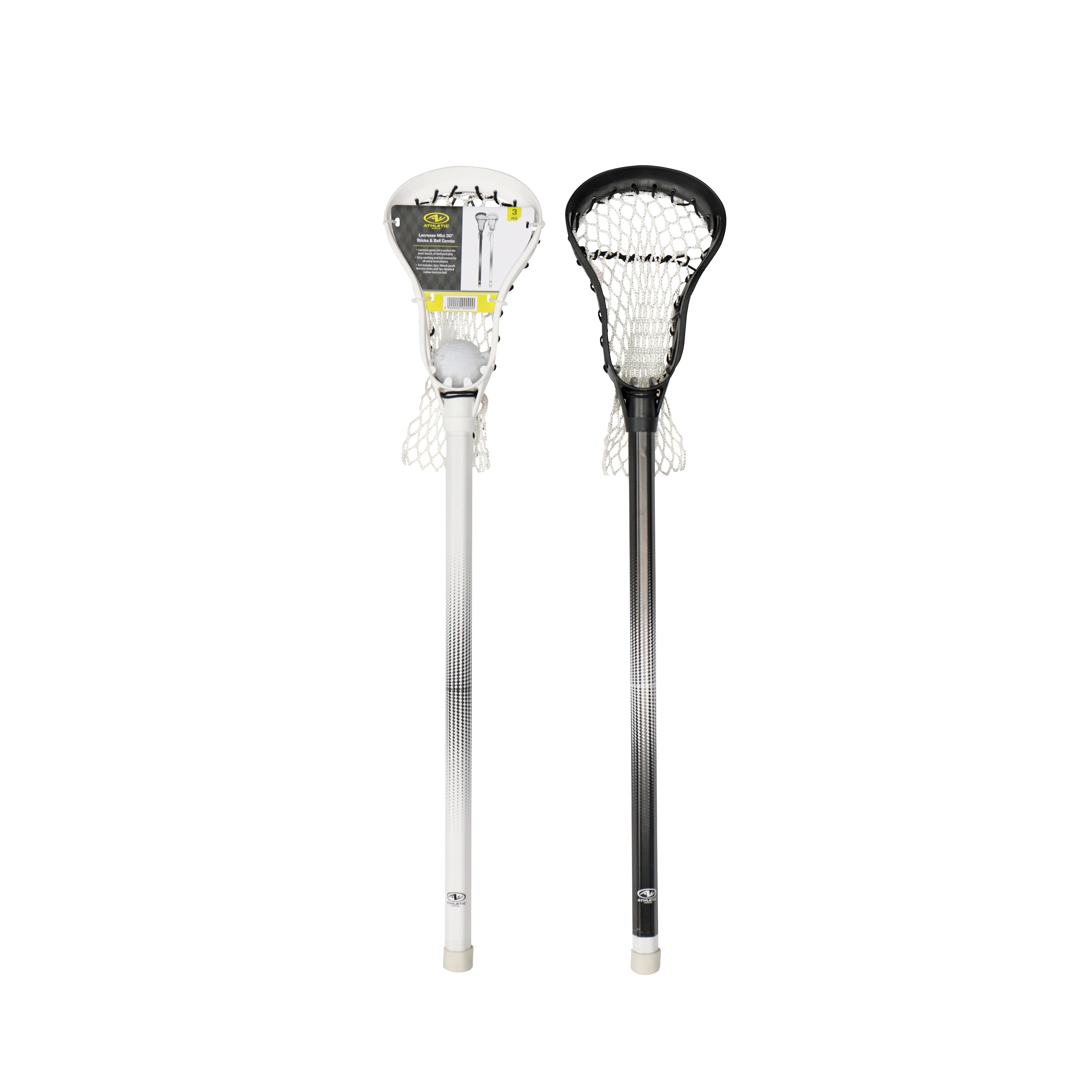
Choosing the right strung lacrosse head for your position is a crucial step in maximizing your on-field performance. By understanding the specific needs of your role and the features that cater to those needs, you can make an informed decision that will elevate your game. Whether you’re an attackman seeking precision, a midfielder requiring versatility, or a defender focusing on strength and control, there’s a perfect head out there for you. Take the time to research, test, and fine-tune your equipment, and watch as your lacrosse skills soar to new heights.
Find The Right Strung Lacrosse Head For Your Position
When playing lacrosse, having the proper strung lacrosse head for your position can make all the difference. For attack players who handle the ball the most, you’ll want quick release and pinpoint accuracy on shots. Middies need a balance of ball control and power to play both offense and defense. Meanwhile, defensive heads focus on superior checking ability and ground ball scooping. Choosing the best pre-strung head really depends on if you’re playing attack, midfield or defense.
For attack players, you’ll want to consider more narrowly shaped lacrosse heads with a medium to low pocket. This gives you quicker release when shooting on the run or dodging defenders. Precision is key, so you’ll want a pocket that gives you consistent control and aim. Avoid deeper pockets, which are harder to shoot accurately with. Popular heads for attack include the Maverik Optik, Nike CEO, and Warrior Evo Warp. Stringing styles like mid-low pockets, the special diamond top string, and v-nylons give attack players even more ball control and hold.
When you find the right strung lacrosse head, it can elevate every part of your game as an attackman. Middies who take faceoffs may prefer a slightly wider head shape with a mid to mid-high pocket. This adds control for clamping the ball on draws, while giving you a balance of hold and quick release on shots and passes. For pure offensive middies, most will use a strung head similar to attackmen. Meanwhile, defensive middies need superior ground ball capabilities with their strung heads. Defenders focus on disrupting the offense, so sturdy head shapes that can take abuse are ideal. A mid-high pocket helps for controlling and scooping up ground balls. When picking the best lacrosse head for your position and style of play, make sure to get the right stringing to maximize your strengths on the field.
Consider Your Position When Picking A Lacrosse Head

When selecting a strung lacrosse head, one of the most important factors to consider is what position you play. Attack, midfield, and defense each require heads with different shapes, stringing, and performance characteristics. Picking the right lacrosse head for your position can give you an edge over your opponents.
For attack players, narrower head shapes are ideal as they provide quick stick handling and accurate passing and shooting. Attack heads are designed for precision, with focused scoops and a defined channel. Stringing is also optimized for ball control, with low to mid-low pockets preferred. V shooting strings give added ball grip and response. Attackmen spend much of the game stickhandling and dodging, so fast yet consistent ball handling from your strung head is crucial.
Midfield is the most well-rounded position, requiring skills on both offense and defense. Middie heads balance hold and quick release ability, with wider head shapes and mid to mid-high pockets common. Faceoff middies may prefer a mid-high pocket for added clamping control and power. Meanwhile, defensive middies need superior ground ball scooping, so slightly wider heads with a mid pocket work well.
For defenders, sturdy head shapes that can take checks are key. A wider scoop helps grab ground balls, while a mid-high pocket lets defenders protect their stick when being slashed. Defenders focus less on ball handling and more on body positioning, physicality and causing turnovers. Their lacrosse heads reflect this.
No matter your position, match your strung lacrosse head to your specialized role on the field. The right head can take your game to the next level once you find one with the optimal shape, pocket and stringing for how you play.
Attack Lacrosse Heads Provide Quick Release and Accuracy

When playing attack in lacrosse, having a strung lacrosse head optimized for quick sticks, pinpoint passing, and accurate shooting is essential. Attack heads are designed to provide superior ball control, fast release, and precision aiming needed in the offensive end of the field.
Attack players require heads with narrower shapes that act as an extension of their stickhandling. This allows for quicker rolls, feeds, and shots on goal. Shooting strings are also tightened to cradle the ball firmly. A low to mid-low pocket gives attackmen consistent control and aim on their shots. Skipping shots or flinging wild attempts is not ideal. A tight channel and defined scoop keeps the ball secure while dodging and weaving through traffic.
V-shaped nylon shooting strings combined with a mid-low pocket increase hold and response. You want the ball to almost stick to your offensive lacrosse head. A smooth release is critical so you can get off an accurate shot even when hounded by defenders. Some attack heads feature an angled scoop to impart spin on shots, making them harder for goalies to stop.
From behind the cage to right in front, attackmen rely heavily on their strung lacrosse head. Finding one with the optimal combination of quick release, defined channel, and mid-low pocket will give you a leg up on opposing defenders. Focus on heads that feel like an extension of your stick skills, not an impediment. The right attack lacrosse head provides the quick release and pinpoint accuracy needed to finish in tight spaces.
Midfield Lacrosse Heads Balance Speed and Power
When playing midfield in lacrosse, you need a strung head that provides both finesse and force. Middies must excel at stick skills, shooting, defending, and scooping, requiring a balance of control, speed, and power from their lacrosse heads.
The best midfield lacrosse heads feature wider head shapes to impart ball speed while maintaining accuracy. Midfielders take a high volume of shots, so excellent ball control and quick release are key. A mid to mid-high pocket gives you versatility to rip shots with velocity but also cradle and handle smoothly. The defined channel helps direct chaotic rebounds and errant passes into your stick.
Since middies transition between offense and defense, the head shape should have some flex to absorb checks. A slightly rounded or flattened scoop is ideal for gobbling up ground balls while defending. Shooting strings like a three-shooter setup enhance hold and passing. Faceoff middies may prefer a high pocket to get under the ball on clamps.
Midfield is the heartbeat position of lacrosse, constantly in motion. Your strung lacrosse head needs to be able to hang with your do-it-all role. Finding the optimal blend of ball control, passing precision, shooting speed, and checking endurance is key. The best middie lacrosse heads balance quickness with power so you can make plays all over the field.
Defensive Lacrosse Heads Focus On Checking and Scooping
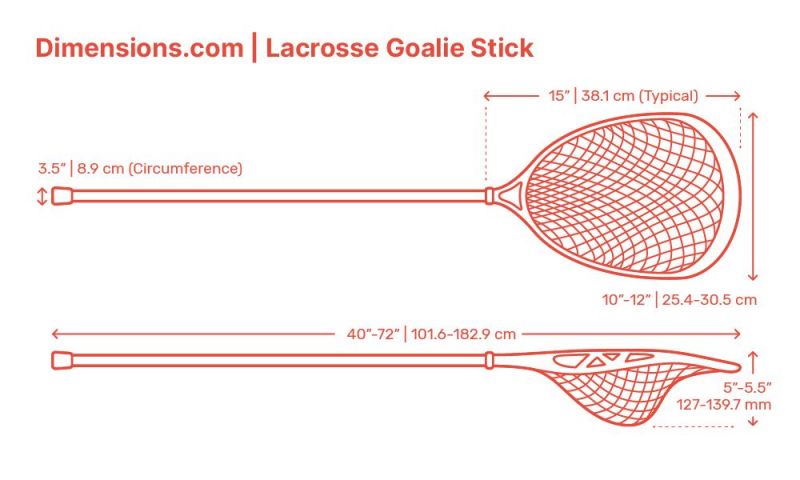
For defenders in lacrosse, having a strung head optimized for checks, scooping, and protecting possession is key. The best defensive lacrosse heads prioritize durability, ground ball ability, and maintaining control even through slashes and pokes.
Defenders need wider head shapes that can absorb cradling through traffic. A sturdy scoop and throat help preserve structure even when hammered with checks. The flex profile is designed to be rigid enough to maintain ball control after contact but with some give to deflect major hits.
An open sidewall helps defenders quickly direct ground balls into their stick. A rounded or flick scoop grabs grounders with less effort than attack or midfield heads. The pocket is strung to be slightly higher to cradle securely through pressure yet still pass and clear efficiently.
Specialized shooting strings enhance hold to prevent turnovers while being hounded. Defenders focus on body position first, then stick work to disrupt dodging offensive players. Their strung heads reflect that, built to take a beating but still clear and move the ball upfield.
The best defensive lacrosse heads excel at ground ball scooping, maintaining possession despite pressure, and having the durability to withstand repeated checks. With finesse often taking a backseat to physicality, defenders need strung heads with specialized performance traits to match their rugged role.
Popular Stringing Styles For Each Position
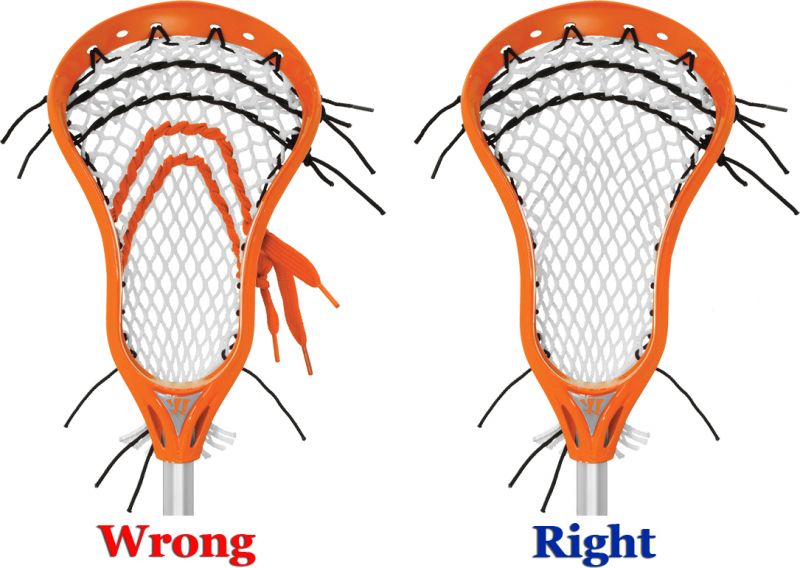
In lacrosse, the optimal stringing for your strung head depends heavily on your position. Attack, midfielders, and defenders each benefit from particular pocket and shooting string styles tailored to how they play.
For attack, low to mid-low pockets are preferred for superior control and quick release. Tight channel stringing and a defined scoop keep the ball secure through traffic. Popular shooting strings are V-nylons to grip the ball and three straight shooters for accuracy. Some attackmen add a curl to impart spin on shots.
Midfielders benefit from mid to mid-high pockets to balance hold and release. Wider diamond top stringing offers smoother handling for all-around play. Versatile shooting strings like a three-shooter setup enhance passing while providing shot speed. Faceoff middies may use a high pocket or a reverse 1-shooter for added clamp power.
Defenders need mid-high pockets to protect sticks from checks and slashes. Mesh and nylon shooting strings are common for increased ball control under pressure. A wider channel with an open sidewall makes scooping ground balls easier. Goalies prefer mid-high pockets and double straight shooters for superior rebound control.
No matter your style, having the right stringing for your position elevates your lacrosse head’s performance. Attackmen want defined control, midfielders desire versatility, and defenders need durability. Know the optimal pocket and shooting strings that match how you play.
Factors That Impact The Price Of Strung Lacrosse Heads
Several key factors influence the cost of pre-strung lacrosse heads, from brand name to materials to limited editions. Understanding what goes into the price can help you find the best value strung head at your budget level.
The biggest contributor to cost is the brand. Premium brands like Maverik, Nike, STX, and Warrior command higher prices than lesser known companies. This pays for advanced research, innovative designs, elite-level testing, and top-grade materials. Higher prices also reflect stronger quality control and warranties.
Lacrosse heads with specially engineered plastics like Composite Pro from Maverik or MetaFlex from STX add expense. These space-age materials offer incredible durability, responsiveness, and lightweight feel but cost more to produce. Limited edition graphics or exclusive colorways also boost cost.
Advanced construction techniques that interlock parts or reinforce high-stress areas raise prices as well. Heads with customizable specs through removable plugs, dials, or inserts cost more due to increased complexity.
While premium brands charge more, the performance and innovation is clear. Reputable brands also retain value on the resale market much better. Consider paying more upfront for a strung head that will last season after season before needing restringing or replacement.
Understanding why different lacrosse heads cost what they do allows you to make the smartest investment for your budget and needs.
Buying Cheap Strung Heads vs Premium Brands
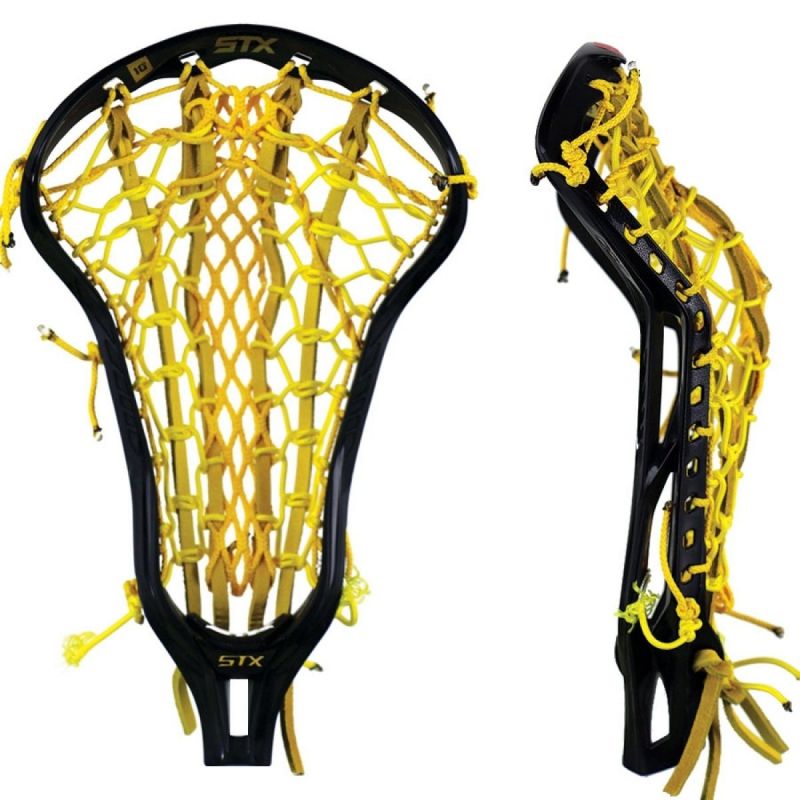
When purchasing pre-strung lacrosse heads, you’ll find a wide range of prices. This leaves many players debating whether to buy cheaper strung heads from lesser brands or invest in premium models from leading manufacturers.
The main advantage of cheaper strung heads is the lower initial cost. This allows you to swap heads frequently as they lose shape or need restringing. Less expensive heads can also serve as good backups if your primary head breaks. Many budget models copy the head shapes and specs of premium brands too.
However, elite brands like Maverik, Warrior, STX, and Nike lead the market for a reason. Their premium engineering and materials create measurable performance advantages. Advanced scoops like the Converge from Maverik or TruOffset from Nike enhance handling. Proprietary plastics improve durability and feel. Warranties protect against defects.
Elite brands also retain value better long-term. Their groundbreaking innovations raise the bar for the entire industry. While the price gap has narrowed recently, premium lacrosse heads still separate themselves through intangibles like quality control, consistency, and attention to detail.
For most players, going with a premium strung head from a leading brand makes sense. The performance benefits and longevity offset the higher upfront investment over the long haul.
Custom Stringing For Optimal Ball Control and Handling
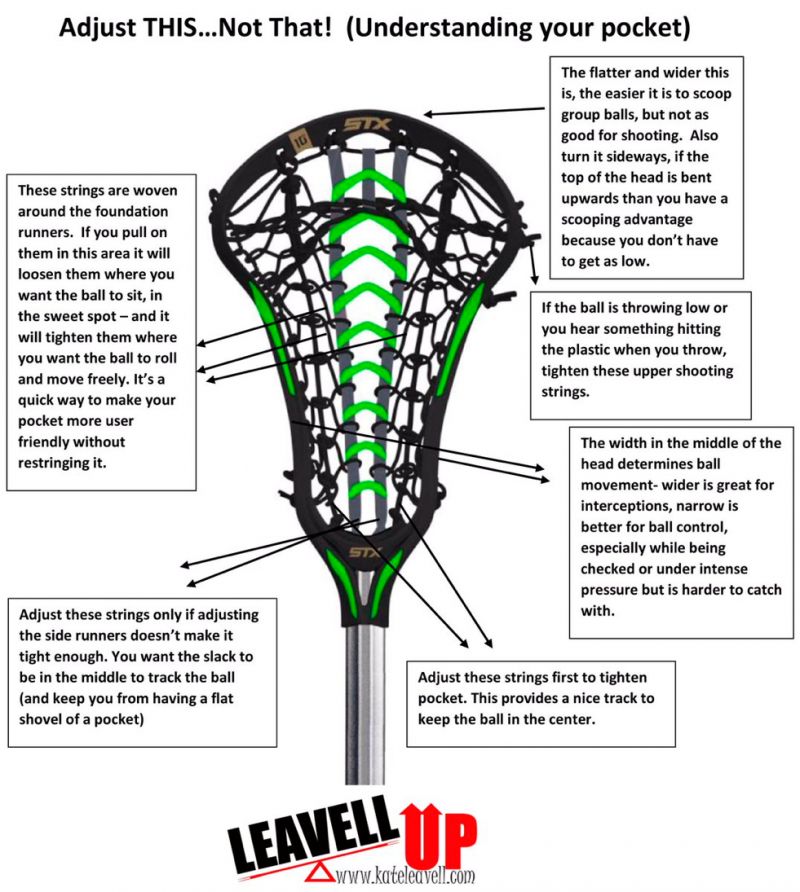
One way to get the most out of your lacrosse head is to have it custom strung to match your playing style and position. Custom stringing allows you to fine tune the pocket and shooting strings for ideal ball control, handling, and shooting.
With custom stringing, every aspect of the pocket can be customized, from the pattern, shape, and depth to the shooting strings. This ensures the ball sits exactly where you want in the head and has the release speed you need. A pro stringer will evaluate your game closely and string the head to accentuate your strengths.
For example, an attackman may want a smooth, low pocket for quick feeds and shots. A face-off midfielder could request a deep pocket with a special top string for added clamp power. A defenseman might want a mid-high pocket and double straight shooters for superior hold.
The beauty of custom stringing is the lacrosse head becomes an extension of your on-field identity. Plus as the head breaks in, adjustments can be made to maintain optimal ball control and release. Don’t settle for an only okay factory stringing job – get a pro custom pocket that maximizes what you can do with the ball.
Finding The Best Places To Buy Pre-Strung Lacrosse Sticks
When looking to purchase a pre-strung lacrosse head, you have several excellent options both online and in stores. Knowing the pros and cons of different retailers can ensure you find the best deal on the ideal strung stick.
For the widest selection of lacrosse heads already strung, many players shop online. Top lacrosse sites like Lax.com, UniversalLacrosse, and LAX.com offer tons of pre-strung heads across all brands, styles, colors, and price points. This makes comparing different models simple. Online stores also frequently run sales and promos. The downside is lack of personal service and inability to see products hands-on before buying.
Your local lacrosse specialty store is another terrific option if you have one nearby. Their expertise can help identify the perfect head for your needs. You get to feel the head shape, scoop design, and stringing quality up close. Local shops also often include free stringing with head purchases. However, selection is narrower than online.
Sporting goods big box stores usually carry some pre-strung sticks but not the depth of pure lacrosse retailers. Players on a tight budget might check here though for clearance deals. Team dealers that outfit college programs are another source but typically focused on higher-end gear.
Ultimately top online lacrosse shops offer the ideal blend of selection, discounts, and service for most players when buying strung lacrosse heads. But don’t rule out local shops, especially if personalized advice is important.
Ensure Proper Stringing To Avoid Penalties
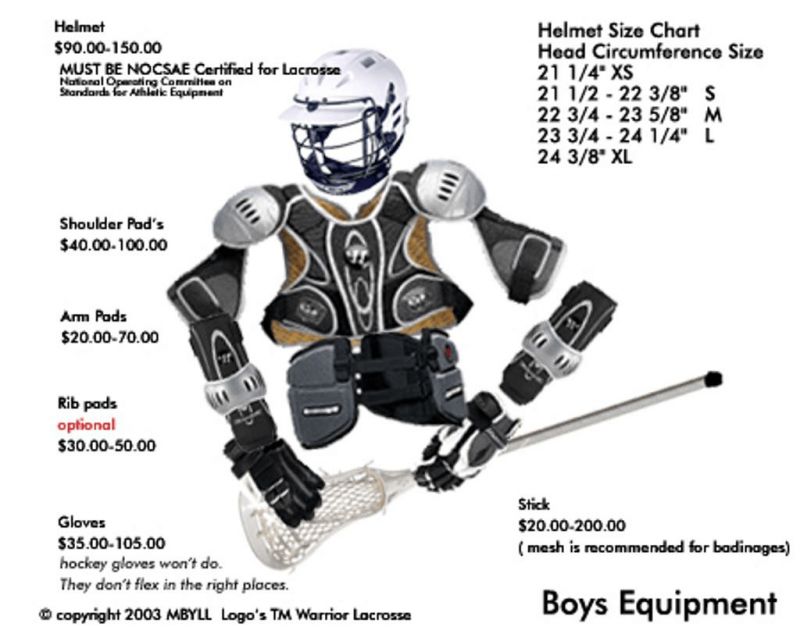
When getting your lacrosse head strung, it is critical to follow the manufacturer’s guidelines and NCAA or NFHS rules to avoid penalties or ejection from games.
The easiest way to ensure a legal stringing job is to only use mesh, nylon, or leather strings rather than hard materials like metal wires. Shooting strings must be located within 4 inches of the top of the scoop. Sidewall stringing should not be more than 1.5 inches from the sidewall.
Also ensure the top of the ball stays above the bottom of the sidewall when placed in a horizontal pocket. Pockets strung too deep increase ball holding and are illegal. Test this by placing the ball sideways in the pocket and seeing if it falls below the midpoint of the head.
Ask your stringer to avoid techniques like double sidewall stringing, U-shaping, and roll top stringing which give too much ball control and violate rules. Defenders especially should avoid heads modified for superior clamping ability on faceoffs.
Before games, officials will conduct random stick checks looking for illegal aspects like too deep pockets or added strings/cords. A properly strung head avoids lost possession or penalty time. Re-check stringing each season and after cleaning to maintain legality. Proper stringing ensures peak performance and no game stoppages.
Maintain Your Strung Head’s Shape and Pocket
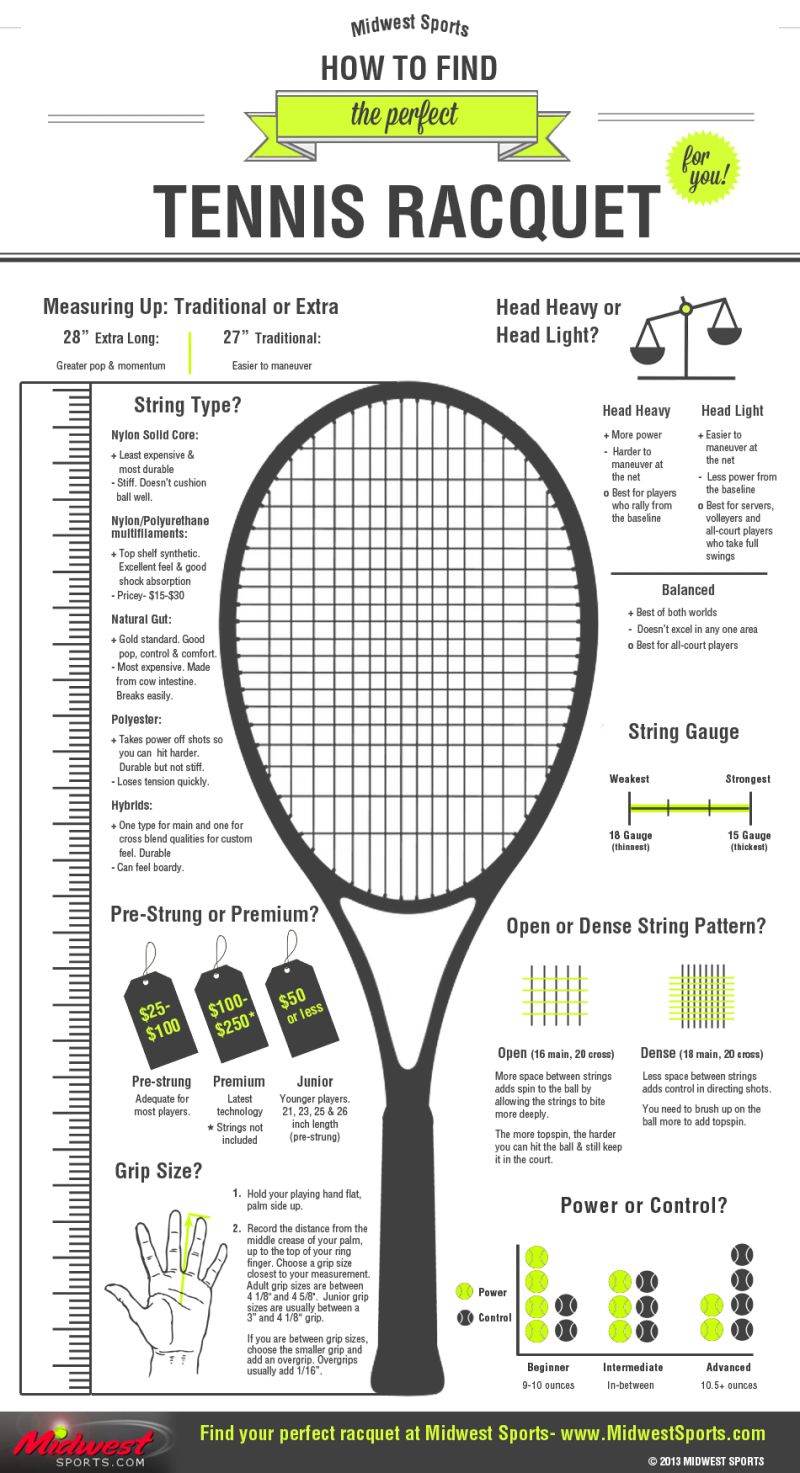
To maximize the life and performance of your strung lacrosse head, proper maintenance is essential. Taking steps to maintain its structure, pocket shape, and stringing will extend usage and avoid the need for re-stringing.
After each use, gently rinse your strung head to remove dirt, grass, and moisture. For more stuck-on debris, use a stiff brush and mild soap then rinse thoroughly. Avoid submerging the head in water, which can damage strings and sidewalls.
When storing your stick, keep it in a climate controlled area away from extreme heat or cold. These temperature swings can warp the head over time. Wipe off any stuck-on dirt before storage and ensure the pocket is free of balls or other objects.
Check regularly for loose sidewall strings or shooting strings that need re-tightening. If the scoop gets bent, gently bend it back rather than forcing it. To combat warping, some players periodically re-shape the head by strapping it to a lacrosse ball overnight.
Avoid overstuffing your stick bag, which can lead to inadvertent crushing and warping. Replace shooting strings once fraying occurs. With some care, a quality strung head should hold its structure for multiple seasons before needing re-stringing.
Re-Stringing vs Buying New Strung Heads Over Time
As lacrosse heads get used, the stringing loses its shape and tension. This leads players to debate whether to re-string current heads or buy new pre-strung heads periodically.
The benefit of re-stringing your existing head is you maintain the same stiff, broken-in shape you’re used to. Re-stringing essentially gives you a “new” head feel but with the craftsmanship of a worn-in model. It’s also more cost effective, with typical re-stringing ranging $30-$60 vs. $90-$150 for new strung heads.
However, re-stringing a badly warped or deformed head can only do so much. Over time as plastic yields, the overall integrity declines. Off-center scoops, bent sidewalls, and soft shapes lose their responsiveness. This is when buying brand new pre-strung heads makes more sense.
Most players keep heads 2+ seasons before re-stringing, extending life further. But around the 3rd or 4th year of use, swapping in a new strung model restores peak performance. The latest head technology also improves with each passing year.
Trying to get 5+ years out of a single head via endless re-stringing costs you in the long run versus periodically investing in fresh pre-strung heads. Blend re-stringing for short term revitalization with new heads to optimize value and performance.
Consider Limited Edition and Unique Lacrosse Head Designs
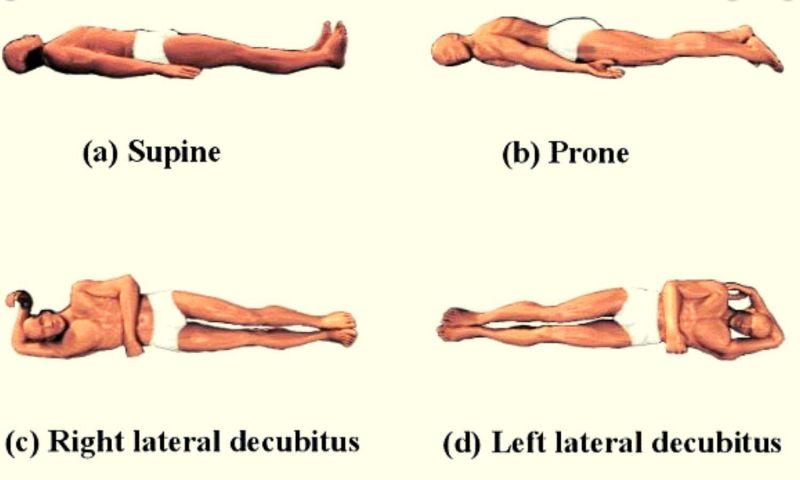
Beyond performance, many players also express their style through custom graphics and limited edition lacrosse heads. These unique models allow you to stand out on the field.
Most lacrosse brands now offer limited runs of heads with exclusive colors, color fades, metallic finishes, and intricate graphics. Warrior is known for bright fade patterns and chrome schemes on their special heads. Maverik has crafted numerous dazzling designs from partnerships like the Galaxy line with the Premier League.
NCAA rules restrict some design elements, but brands still push boundaries. Glow in the dark lacrosse heads have become popular for being eye catching in low light. Color shift paints that appear different angles gained traction as well. Retro throwback graphics also tap into nostalgia.
While these special edition heads offer no performance gain, they deliver swag value and distinct style. The limited quantities and unusual colors make them collector’s items. Skilled stringers can also add flair through dying mesh or strings and integrating color patterns into the sidewall.
So while most players choose workhorse heads in basic colors, going with a unique strung lacrosse head is an avenue for self-expression. As long as the shape, stringing, and specs align with your game, why not have some fun and get creative?
Focus on Fit, Feel and Your Style Of Play
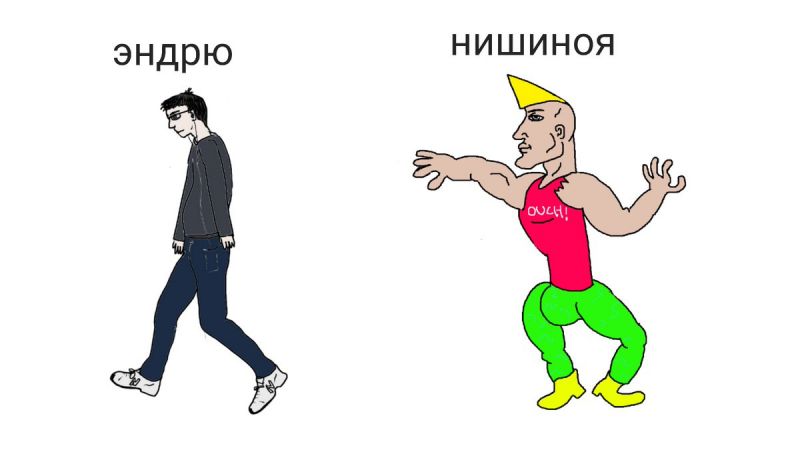
With so many lacrosse head options, it’s easy to get overwhelmed. But focusing on finding an ideal fit, dialing in the feel, and matching the head to your playing style simplifies the process.
Consider the overall fit of the head shape and dimensions to your needs. Close defensive players may prefer wider heads for checking versus narrower offensive heads that promote quick handling. Measure the length, flare, and sidewall height and imagine practicing with the head.
Next, scrutinize the feel. Scoop designs that smoothly control ground balls or channel shapes that cradle cleanly boost performance. Grip the throat and make sure the flex feels right for your game. Shooting strings should have the right amount of hold and release.
Finally, match the head to your style of play. A crafty attackman like Johnny Galloway may favor defined heads optimized for elite stick skills. Meanwhile a bruising short stick defensive middie like Brandon Mullins needs maximum durability and ground ball abilities.
There are so many technical elements in modern lacrosse heads. But by breaking down your search into fit, feel, style of play, and personal preferences, the right strung stick becomes obvious. Find what feels like an extension of your game rather than conforming to what’s popular.
